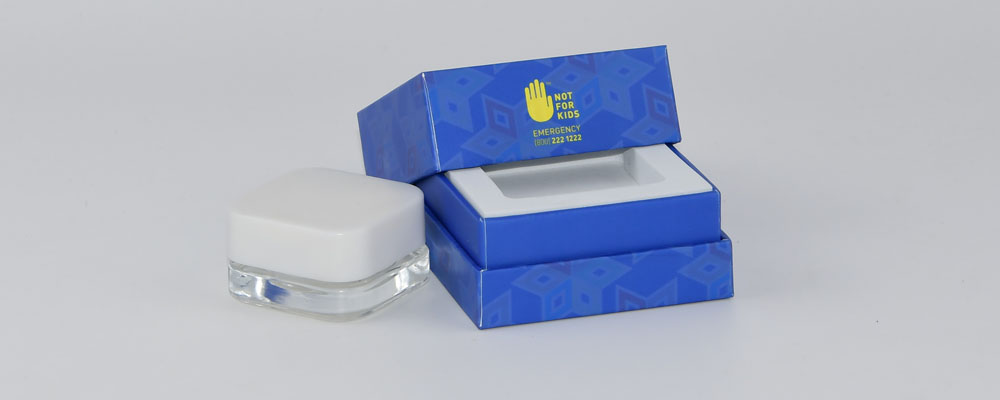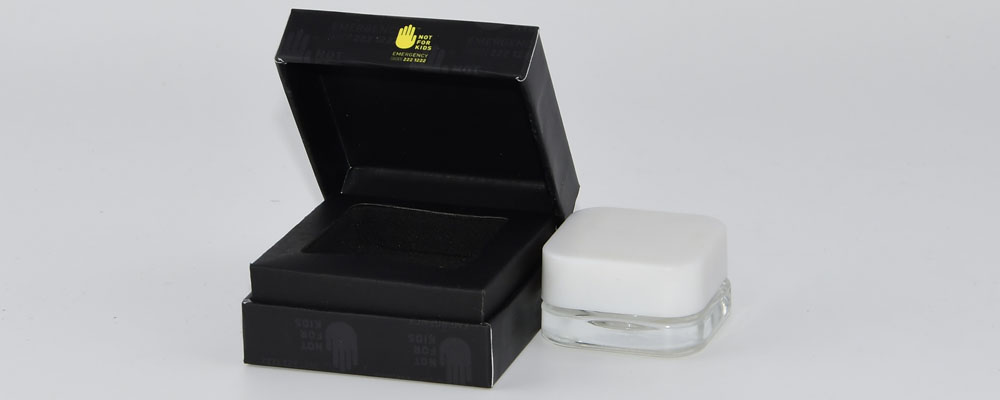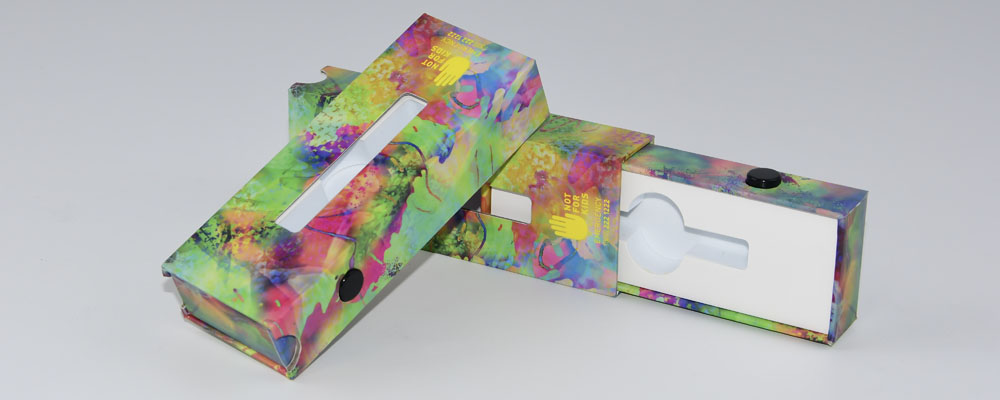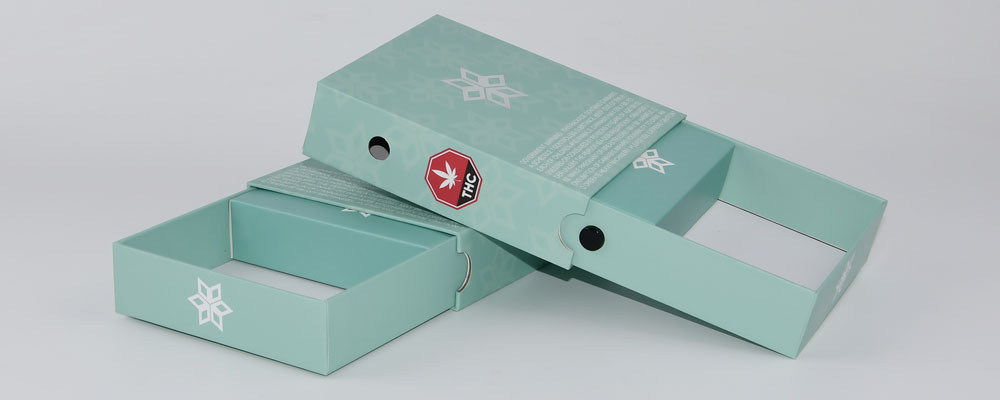How To Manage Cannabis Packaging Inventory for Increased Availability and Reduced Costs
How To Manage Cannabis Packaging Inventory for Increased Availability and Reduced Costsf you’re a cannabis product manufacturer, managing your inventory presents special challenges. Regulatory changes and shifting consumer behavior affect your sales — for better or worse — and these factors make it hard to find the sweet spot when you’re stocking your product. Hopefully, your distribution network is expanding like crazy, too.
But now, in the uncertain economic times of the COVID-19 outbreak, predicting demand and managing inventory is more critical than ever for sustaining a business. An oversupply of inventory soaks up working capital and increases holding costs. On the flipside, understocking supplies can disrupt your sales.
While nobody can predict the future, establishing a simple forecasting and ordering system will prepare you for demand volatility. You’ll be more prepared for the ebb and flow of the uncertainty, and better able to respond to whatever the economy does next. This blog provides some simple tips for establishing the groundwork of a successful inventory management system.
1. Demand Forecasting for Cannabis
As the saying goes, the past is the best indicator of the future, so supply-chain managers forecast demand based on previous years. Forecasts based on previous years are especially useful for anticipating seasonal fluctuations and making adjustments. Annual forecasts, for instance, let you know how much to ramp up production for the holiday season or the lead-up to 4/20 events.
So-called “demand sensing” goes one step further and manages inventory projections based on sales data from time periods as short as the last few days or hours. Data from the very recent past is a good predictor of the near future, so in uncertain times, demand sensing is more advantageous than forecasting. If you have access to your customers’ real-time retail data for your products — or if you’re a vertically integrated retailer — the granular detail of daily reports can help keep supplies ordered despite turbulence.
But before you fine-tune your inventory levels for current economic waves, make sure to have a system in place to manage how much inventory to hold and when to reorder under normal circumstances.
2. When Should You Reorder a SKU?To know when to reorder your cannabis packaging — or any supplies for that matter— you’ll need to find your “reorder point”. The reorder point is the minimum quantity of a SKU that you will need until your next order arrives (plus some safety stock as a buffer). When inventory drops to the reorder point quantity, it’s time to submit a purchase order to the vendor.
Setting a reorder point requires knowledge of two variables. Obviously, you need to know how fast you use the item. If it’s a fast-moving SKU, you’ll need to set a higher reorder point than you would for an item you use infrequently. The second variable is your vendor’s lead time. With knowledge of both figures, you can calculate the “lead time demand,” which is the amount of product you’ll use before the order arrives.
3. Calculate Lead Time DemandIf you haven’t worked with a vendor or packaging supplier before, ask about their anticipated lead time. They should be able to provide you with an accurate estimate of a product’s typical lead time.
Next, estimate your average daily sales (or anticipated sales, if you’re launching a product). Make sure to adjust for seasonal fluctuations and events. With your daily sales projections in hand, you’ll be able to calculate the “lead time demand,” or the amount of demand you’ll need to meet as you wait for your resupply order.
The equation for calculating lead time demand looks like this:
Lead Time Demand = Daily Sales x Vendor Lead Time
4. Maintain Safety StockThen, you can add in safety stock to mitigate the risk of stock-outs. Your safety stock hedges against demand fluctuations, so the more safety stock you keep on hand the better insulated you’ll be. However, higher safety stock levels take up space and incur holding costs, so setting safety stock levels is a balance too.
A guideline for calculating safety stock levels uses the lead time demand to get to a reasonable number. To find yours, take the square root of the lead time demand and multiply it by 1.65, as shown below.
Safety Stock = 1.65 x √Lead Time Demand
If your lead time demand is 1,000 units, a good safety stock would be about 52 units. So with a lead time demand of 1,000 units and a safety stock of 52, the reorder point is 1,052 units. When inventory reaches 1,052, it’s time to reorder.
Reorder Point = Lead Time Demand + Safety Stock
5. Automate Your Reordering
When inventory drops to your reorder point, it’s time to hit ‘send’ on your purchase order to the vendor — or have a machine do it for you. Your ecommerce system or POS system may already have the ability to automate your purchase orders. Once the function is set up and you’ve reached your reorder point quantity, your system will place the order to your vendor independently, eliminating manual entry errors and simple forgetfulness.
The lead time for your cannabis packaging will vary based on the product type. At Zhibang Packaging, there are some products we inventory, and some that require custom work. Injection-molded products, like our patented child resistant paper boxes, ship immediately and arrive at your facility within days. Custom orders and specially designed packaging may take four to eight weeks.
Want more information about issues affecting cannabis product manufacturers? Subscribe to the Zhibang Packaging email newsletter for helpful tips, tricks, and news.






